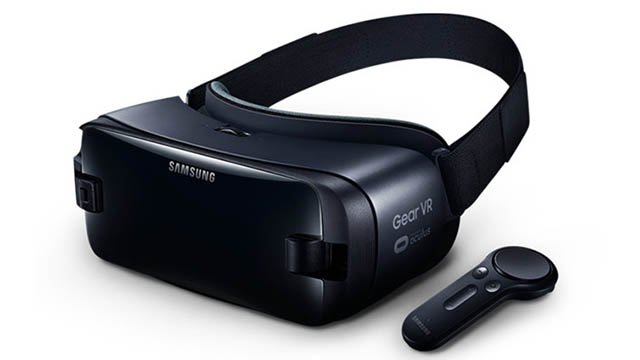The use of virtual reality during labor has shown promise in alleviating the various pains and worries women go through when giving birth. The study, which was conducted on 27 women, could open the doors to more tailor-made VR experiences targeted toward aiding in the process of giving birth.
82% of participants are said to have reported ‘very much/completely’ enjoying using VR during labor with 70% said to be very/completely interested in new VR developments.
According to a write-up by ClinicalPainAdvisor based on the study, each of the 27 women who participated in the study were giving birth for the first time, were expected to go through a traditional vaginal delivery, and were completely unmedicated at the time of the study.
Opting for a wireless VR experience, Samsung GearVR headsets were given to the expecting mothers. Powered by a Samsung Galaxy S7 smartphone, participates were screened a scuba-diving VR experience involving a manatee and its calls. A remote control was provided so the women could interact with the experience.
It isn’t clear, but the write-up suggests relaxing music was also played back to participates by way of noise-reducing headphones connected to a separate Samsung Galaxy S5 phone.
Patients were observed throughout the first stage labor (contractions) and were asked to rate their pain intensity throughout. Pain levels were separated into cognitive, affective and sensory pain ‘dimensions’, meaning they were asked to rate how much time they spent thinking about pain, the unpleasantness of said pain, and the worst pain intensity they were going through.
Over the course of the study, it was found that those who used the VR exercise during this early stage of labor had noticeably lower numeric ratings for the pain they experienced.
Concluding on their findings, researchers noted that “Future development for VR applications in laboring women—either alone or as an adjunct therapy—should focus on ease of use and intuitive design, prehospital education, custom-tailored virtual environments, adaptability to variable patient positions…, positive motivational biofeedback, goal-oriented tasks including position changes and mobility, and emotionally engaging content appealing to laboring women,”







